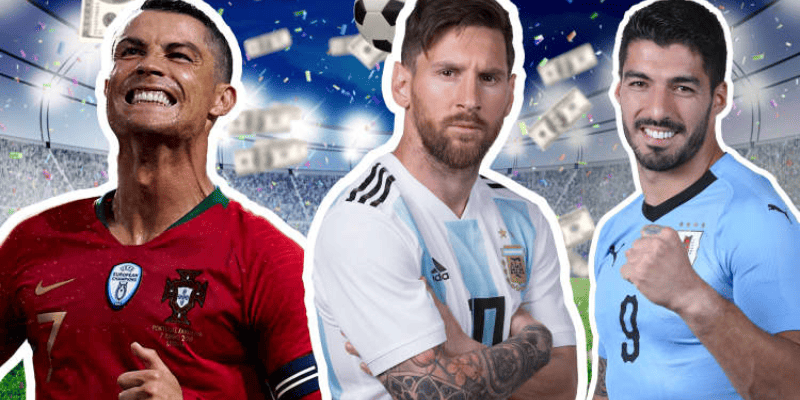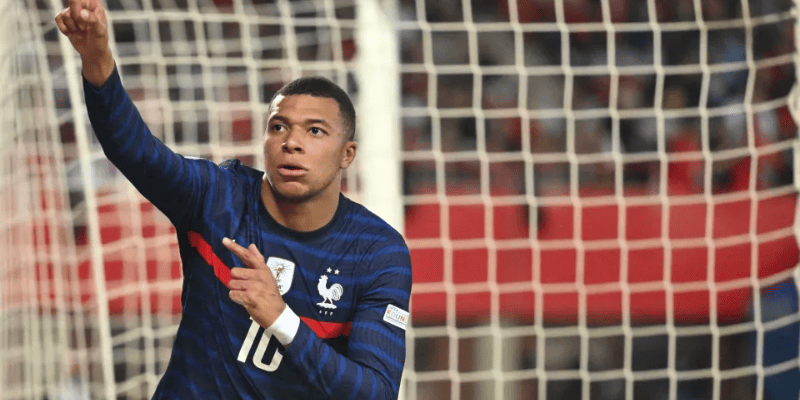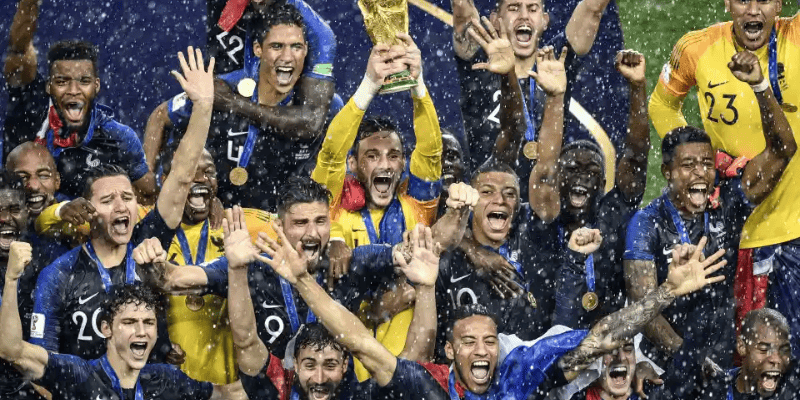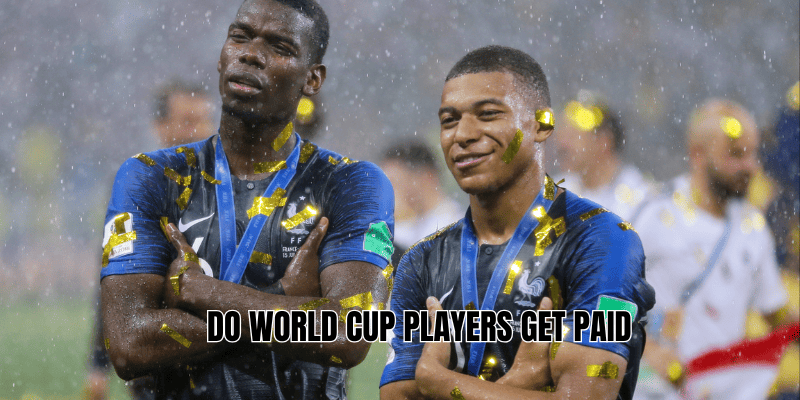In the world of soccer, one question fans often ask is: do World Cup players get paid? The simple answer is yes—but not directly by FIFA in most cases. Instead, earnings come through national federations, performance bonuses, appearance fees, contract deals, club payments, and sometimes image rights. In this CicloKick deep dive, we’ll explore how it all works, who sets the pay, how much is on the line, and why it’s far more complex than it appears.
How prize money works in the World Cup

FIFA allocates large prize pools for World Cup tournaments. For example, the total prize money for the 2022 World Cup was US$440 million, distributed across all 32 national teams depending on how far they progressed.
Here’s a general breakdown of how it was distributed in 2022:
- Group stage exit: ~$9 million per team
- Round of 16: ~$13 million
- Quarterfinals: ~$17 million
- Runner-up: ~$30 million
- Winner: ~$42 million
But remember: FIFA sends all that money to the national football federations. It’s then up to those federations to decide how to split up the earnings and how much goes to players. Often, there are agreed-upon bonuses in advance, but the specifics vary widely across countries.
Do players themselves get paid match fees or participation fees?
Yes—most national football associations provide match fees, appearance fees, or participation bonuses to players. This includes:
- Match fees (for playing in qualifiers, friendlies, tournament matches
- Bonuses for reaching stages of the tournament (e.g. Round of 16, quarterfinals, etc.)
- Win bonuses inside the tournament
For instance, in World Cup 2014, England players were given £2,500, and £1,500 for unused squad members.
However, for many superstar players, these fees are a drop in the ocean compared to what they make at club level or through sponsorships. The federations’ internal agreements famously vary: some are very generous, others much less so.
What determines how much players receive

Several key factors impact how much each player gets:
- Federation policy / agreement
- Different national associations have different systems. Some agree to share a fixed percentage of what FIFA gives them; others negotiate bonuses separately.
- How far the team goes
- The deeper the run (quarterfinals, semis, final), the higher the payout. More wins = more bonuses.
- Pre-tournament agreements
- Players often agree ahead of the tournament on what share they’ll receive of prize money. Some federations also guarantee match fees regardless of whether a player plays.
Image rights / sponsorship / endorsements
Big-name players often have extra income. Gender and tournament type differences
- The men’s and women’s World Cups have had different prize pools and distribution policies. For example, in the 2023 FIFA Women’s World Cup, a portion of the prize money was to be paid directly to players for the first time in some participations.
Examples of payouts to players
To show how theoretical or published numbers translate in practice:
- The winning team of the 2022 World Cup (Argentina) got $42 million, about 30% of that sum would go to players, meaning each squad member could receive several hundred thousands.
- For the runner-up (France, 2022), the total prize was ~$30 million. Under their federation’s system, an approximate 30% share meant each player got something roughly in the hundreds of thousands.
- In the 2023 Women’s World Cup, winners got about $270,000 per player.
These examples emphasize: the amount varies by country, varies by how well the team does, and depends heavily on what the national federation agrees.
Misconceptions and things people often get wrong

- FIFA doesn’t directly pay each player: The prize money is paid to the national federations, not to individual players. Federations decide how to distribute.
- Not all squad members make equal money: Sometimes backup players or those who don’t play a match get a smaller fee—or sometimes the same, depending on the agreement.
- Club wages usually dwarf World Cup bonuses: Even large bonuses pale in comparison to what top players earn.
- Image rights and endorsement deals can outweigh bonuses: After putting on a strong performance, a player’s market value often spikes, which can lead to big deals off the field.
What to expect for future World Cups
- Total prize money keeps increasing. Tournaments are getting more lucrative, and sponsors, global TV rights, etc., are pushing up the financial stakes.
- Federations are under more pressure to share prize money fairly and transparently with players.
- Women’s tournaments are seeing reforms: more direct payments to players, more equal splits of prize pools, and transparency in distribution.
- New formats (more teams, more games) likely mean higher earnings overall, but also more negotiation needed between players’ unions and federations.
Conclusion
If you’ve ever wondered do World Cup players get paid, now you know: yes—they do, though not always in the same way or amount. They benefit, pre-tournament agreements, and how much their association commits to sharing the wealth. And for top stars, success on the world stage often opens up even greater income through sponsorships and endorsements.
CicloKick hopes this article brings clarity to what seems like a murky topic. If you’re curious how much, say, Messi or Mbappé earned from a particular World Cup—or want breakdowns by country—just let us know: we’ll dig into the figures!






